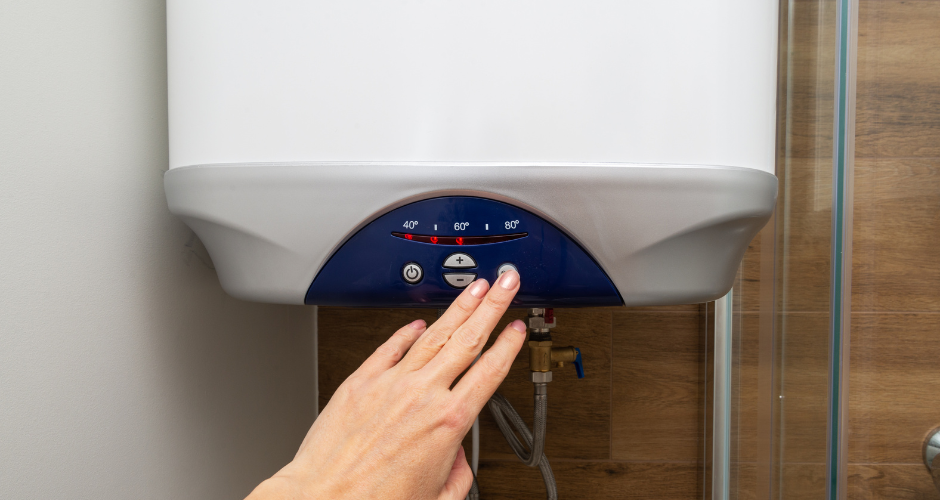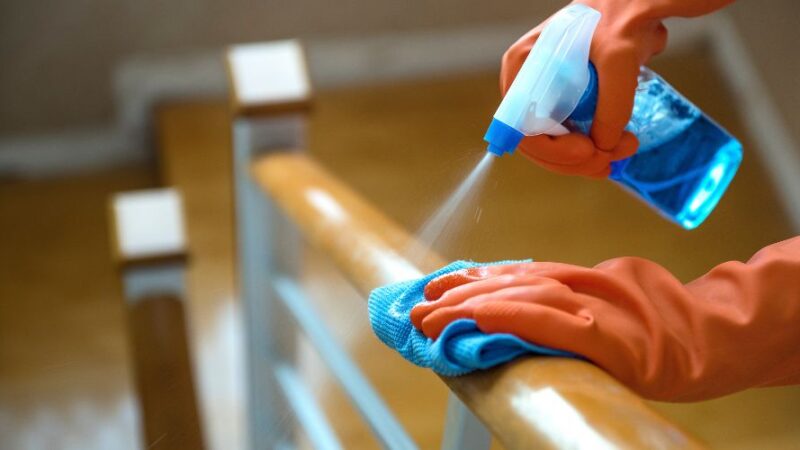Signs Your Water Heater Needs Cleaning: What to Look Out For

A water heater is a crucial appliance in any home, providing hot water for everything from showers to dishes. However, like any other home appliance, it requires regular maintenance to function efficiently and last longer.
One of the key aspects of maintaining a water heater is cleaning it regularly. Over time, sediment, mineral deposits, and other impurities can build up inside the tank, which can affect its performance. Here’s a comprehensive guide on the signs that your water heater needs cleaning and what to look out for.
1. Reduced Hot Water Output
One of the most noticeable signs that your water heater may need cleaning is a reduction in hot water output. If you find that your hot water is running out more quickly than usual, or if the water temperature is inconsistent, it could be due to sediment build-up in the tank. Sediment can accumulate at the bottom of the tank and create a barrier between the heating element and the water, reducing the efficiency of the heating process.
2. Rusty or Discolored Water
Another clear indicator that your water heater needs attention is rusty or discolored water. If you notice that the hot water coming out of your taps has a reddish or brownish tint, it may be a sign of rust and sediment accumulation. Sediment and rust can come from the inner lining of the tank or the anode rod, which is designed to prevent rust but may eventually corrode and lead to contamination.
How to Unclog Blocked Drain in Your Home
3. Unusual Noises
Strange noises coming from your water heater can also signal the need for cleaning. As sediment builds up at the bottom of the tank, it can cause the water to boil and create popping or banging sounds. These noises are a result of the sediment being heated and can indicate that it’s time to flush out the tank.
4. Increased Energy Bills
If you’ve noticed a recent spike in your energy bills, it might be related to your water heater. A build-up of sediment and mineral deposits can reduce the efficiency of your water heater, forcing it to work harder to heat the same amount of water. This increased workload can lead to higher energy consumption and, consequently, higher utility bills.
5. Water Heater Leaks
Leaking water around your water heater can be a sign of several issues, including the need for cleaning. Sediment build-up can cause the tank to corrode and develop leaks. Additionally, the pressure from the sediment can cause the tank to crack or become damaged, leading to leaks. If you see water pooling around the base of the heater, it’s important to inspect the tank and consider cleaning or replacing it if necessary.
Essential Cleaning Equipment Every Home Should Have
6. Difficulty in Heating Water
If you find that your water heater is taking longer than usual to heat water, it may be due to sediment build-up. The sediment layer acts as an insulating barrier, making it harder for the heating element to transfer heat to the water. This can result in slower heating times and reduced overall performance.
7. Foul-Smelling Water
A foul or unusual smell coming from your hot water can indicate that there is bacteria or other contaminants in the tank. Sediment and mineral deposits can create an environment where bacteria thrive, leading to unpleasant odors. Regular cleaning can help eliminate these bacteria and improve the quality of your hot water.
8. Water Heater Age
While age alone doesn’t necessarily mean your water heater needs cleaning, older units are more prone to sediment build-up and other issues. If your water heater is more than five years old, it’s a good idea to have it inspected and cleaned regularly to ensure it continues to operate efficiently.
How to Clean Your Water Heater
If you’ve identified any of the signs mentioned above, it’s important to address the issue promptly. Here’s a basic guide to cleaning your water heater:
- Turn Off the Power or Gas Supply: Before you start cleaning, make sure to turn off the power supply to an electric water heater or the gas supply to a gas-powered unit.
- Drain the Tank: Connect a garden hose to the drain valve at the bottom of the tank and open the valve to drain the water. Be cautious as the water may be hot.
- Flush the Tank: Once the tank is empty, use the hose to flush out any remaining sediment or debris. Turn the water supply back on to fill the tank and then drain it again until the water runs clear.
- Clean the Anode Rod (if applicable): The anode rod helps prevent rust and should be checked and cleaned or replaced if necessary.
- Refill and Restart: Once the tank is clean, close the drain valve, refill the tank, and turn the power or gas supply back on. Allow the water heater to heat up before using the hot water.
Conclusion
Regular cleaning and maintenance are essential for ensuring the longevity and efficiency of your water heater. By keeping an eye out for the signs mentioned above and addressing any issues promptly, you can help prevent more serious problems and keep your water heater running smoothly.
If you’re unsure about how to clean your water heater or if you notice persistent issues, it’s always a good idea to consult a professional plumber to ensure your appliance remains in optimal condition.






